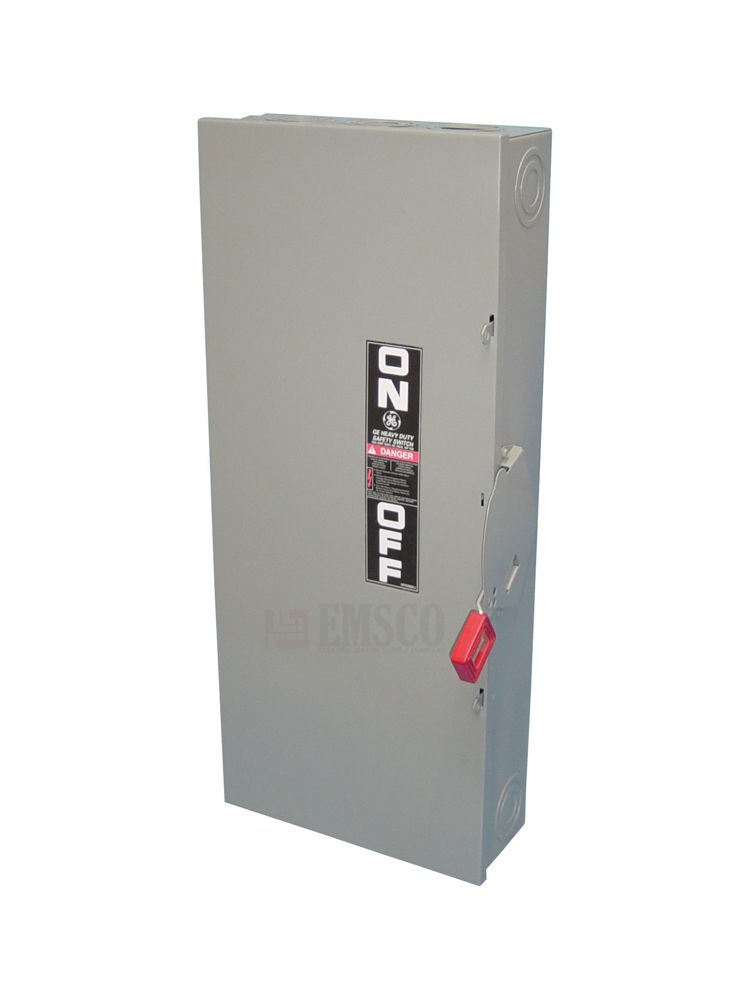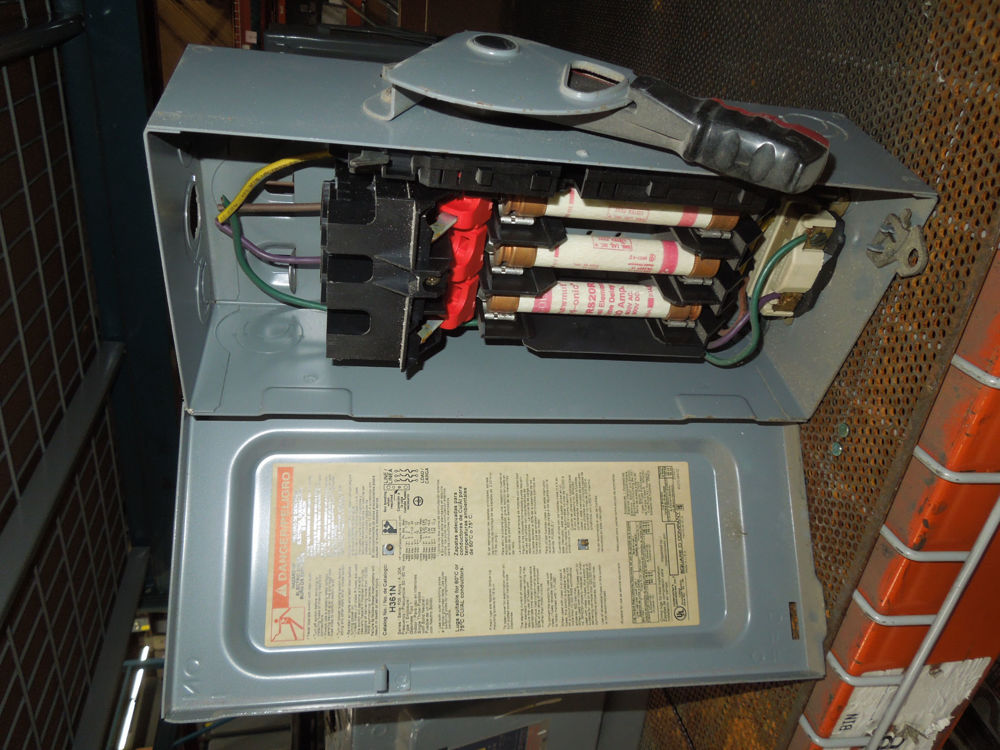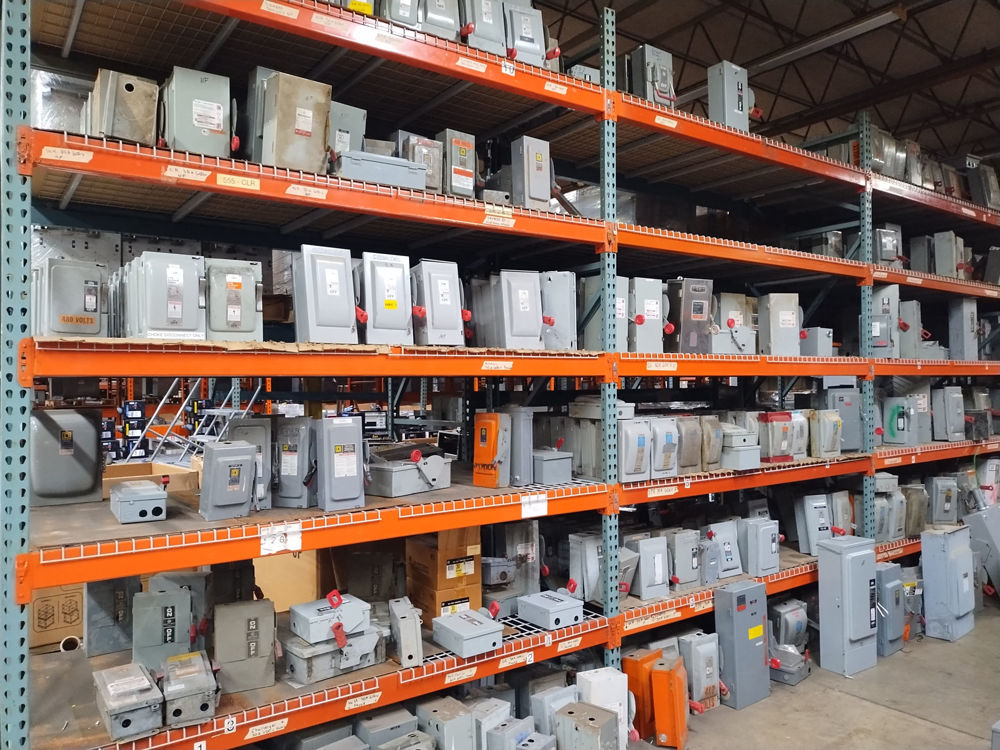Go Green for Earth Day with Refurbished Equipment & Components
Monday, April 22, 2024

As the world celebrates Earth Day, all industries are finding ways to conserve resources and help the environment. For electricians, this means finding ways to offer high-quality equipment without adding to the dangerous emissions created by the parts manufacturing process. By finding high-quality refurbished equipment, electricians can benefit both the environment and their customers’ budgets.
Refurbished and Used Equipment
As many electricians realize, electrical equipment and components are available that yield the same high performance as their brand new counterparts. Often these parts are removed from buildings or are left over from large projects. Supply companies purchase them after ensuring they’re still in good working condition. Once purchased, they’re refurbished to ensure every working part gives peak performance.
Electricians aren’t required to purchase parts for a large-scale operation to put refurbished parts to work for their clients. Many professionals choose to simply begin ordering from a refurbished parts supplier with one or two parts, then graduate to placing regular orders. With each order, electricians are avoiding the manufacture of new parts, helping reduce the number of carbon emissions harming the environment.
Electronic Waste
In general, electronic waste poses a serious threat to the environment, with disposal of electronic equipment and parts creating dangerous emissions. The government has attempted to reduce the amount of e-waste disposal, especially at the consumer level, but the problems are still ongoing. The biggest risk is to human health, since disposal of electrical equipment can often release harmful chemicals into the air.
The best way to safeguard the health of citizens, as well as the overall air quality, is to keep electrical parts in circulation as long as possible. In many cases, even defunct equipment can be disassembled and some of its parts refurbished. Those parts can then be either put in other equipment or used by electricians as they perform installations.
Keeping Landfills Safe
EMSCO helps keep electrical equipment and components out of landfills and recycling centers, removing governments from the burden of finding ways to safely dispose of them. The company offers to purchase equipment and parts from businesses that have excess inventory or from sites that are being demolished or vacated. EMSCO is always in need of items of various types in order to meet the demands of its many clients.
Additionally, EMSCO allows engineers and other professionals to simply place a phone call and locate the refurbished part they need. Many technicians make the refurbished supplier the first call they make when they need a part, only buying new when a used or refurbished version isn’t available. This reduces the amount of parts being sold each day, eliminating the need for those parts to be replaced by more new parts.
When companies have excess parts, they also can contact EMSCO to purchase them. Selling them to EMSCO can be a great way to recoup some of their cost on a major office move. EMSCO makes the process of offering equipment easy, allowing businesses to email a list of all parts along with pictures, if possible, and they’ll soon be provided a quote that they can accept or reject.
Have surplus industrial electrical equipment you want to sell? Click here to contact our buyers!




